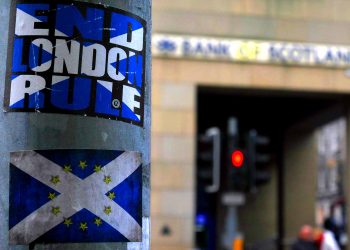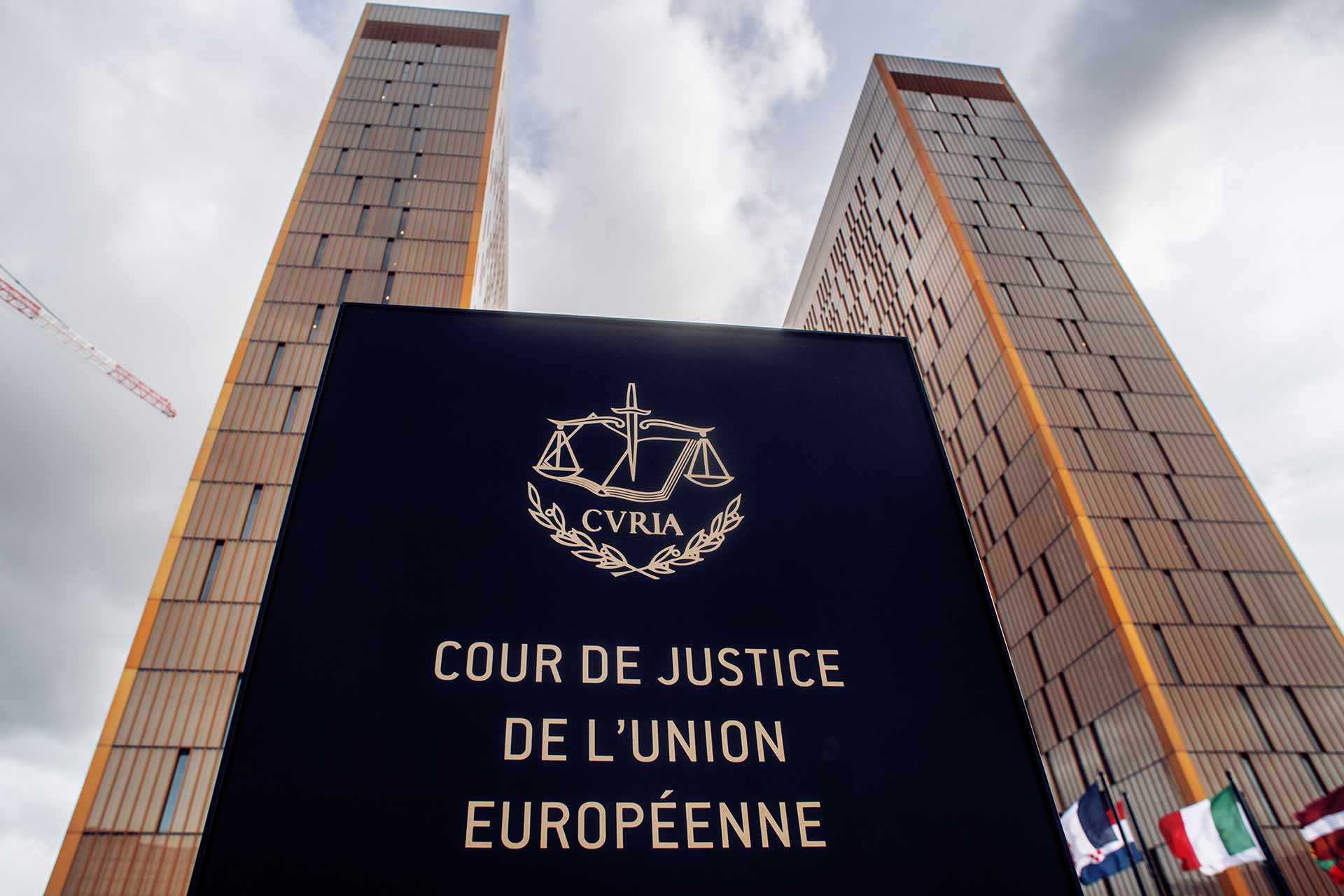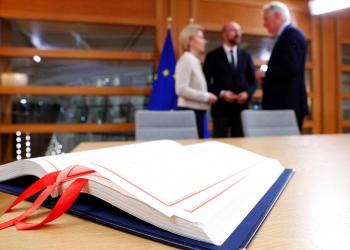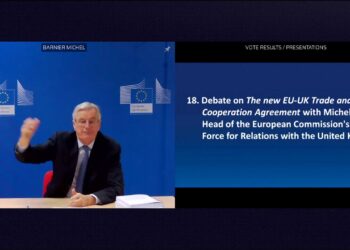A Brexit deal has been agreed but needs to be ratified. The UK could still leave with no deal on 31 October 2019 if the UK and EU do not approve and sign the withdrawal agreement or the extension asked last week.
How will Brexit work? Keep up-to-date on the latest developments related to Brexit.
Boris Johnson: Dear President I would be happy to come back in Brussels
EU Brexit reply for extension will be decided after weekend! 28-31 October 2019
#BREXIT #BrexitChaos #BorisJohnson #BREMAIN #eudebates #referendum
On 23 June 2016, the British government held an in / out referendum on UK membership of the EU. The UK electorate voted to leave the EU by 51.9% to 48.1% with a national turnout of 72.2%.
The legal basis for the UK’s withdrawal from the EU is set out in Article 50 of the Lisbon Treaty (TEU). Accordingly, the EU and the UK government have 2 years to come to a withdrawal agreement from the start of the Article 50 negotiations. The UK Prime Minister, Theresa May sent a letter to the European Council President Donald Tusk on 29 March 2017, which notified him of the UK’s intention to leave the EU and thereby started the formal process of withdrawal.
If the UK leaves the EU without a deal, the effects will be felt by people and companies across Europe. The EU has adopted measures to mitigate the impact of a disorderly withdrawal.
Chaos or a new Start-up?
The EU has repeatedly stressed that it favours an orderly withdrawal of the UK from the Union. It concluded a withdrawal agreement with the UK to ensure the two parties can continue to collaborate on various issues to their mutual benefit. Nevertheless the EU has adopted measures to reduce the impact of a possible no-deal Brexit.
These measures cannot replicate the advantages of being part of the EU. They are temporary, unilateral measures. Some will require the UK’s reciprocity in order for them to come in force. Long-term solutions depend on future discussions between the EU and the UK.
EU-UK relationship
Since announcing its intention to leave, the UK has been in talks with the EU to determine the terms of their new relationship. The EU underlines the need for agreement on citizens’ rights, Northern Ireland and the financial settlement before negotiations on the future relationship begin as well as several other separation issues.
After two years of negotiations, UK and EU partners agreed on two documents to ensure an orderly withdrawal of the UK. The first step is a withdrawal agreement setting out the arrangements for how the UK will leave the EU, while “taking account of the framework of the future relationship with the Union”. The arrangements setting out the framework for future relations are part of a separate document, a political declaration, preparing the grounds for the future framework of the EU-UK relationship.
Negotiators agreed the text of a draft withdrawal agreement and a political declaration in November 2018, but it has not yet been ratified.
What happens if there is no agreement?
If there is no deal and there is no agreement on extending the deadline further, the UK automatically leaves the EU at the end of October 2019. If no agreement is reached on trade relations, the country would have to trade with the EU under WTO (World trade Organisation) rules.














